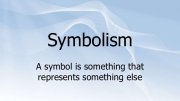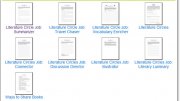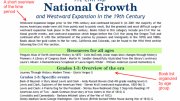David Copperfield (Penguin Classics, 1996) by Charles Dickens is the charming tale of a young boy’s life in nineteenth-centuryEngland.
Readers are shown Dickens’ universe through the eyes of innocent David Copperfield, as he passes through the various stages of childhood and boyhood into adulthood. Readers will be entertained, instructed, and convicted by turns as Davy grows, learns, and changes in the bustling world ofEngland during the 1800s.
Purpose
Dickens strove to criticize and reform the social and moral wrongs of his time through his writing. This novel is no exception. In David Copperfield, Dickens scathingly criticizes common economic practices, social hypocrisies, and cultural norms through the situations and individuals that Copperfield encounters.
Characters
Copperfield meets some wildly ridiculous characters in his travels. Some characters, such as Mr. Micawber and Peggotty, are endearing in their oddity, while others, like Uriah Heep, are despicable. Through his odd characters, Dickens manages to draw a strikingly accurate picture of the world and individuals that people it.
Bad or good, silly or wise, Dickens’ characters are rarely amoral. Although some characters, such as Steerforth, manage to fool Copperfield (and, by extension, the readers) for a time, the truth ultimately prevails. By the end of the book, evil characters have been duly rewarded for their travesties and good characters for their deeds. Additionally, the story presents a beautiful picture of redemption and grace through the characters of Emily and Mr. Peggotty.
Lessons in Friendship and Love
Older students can benefit greatly from some of Dickens’ lessons that are more prominent. For instance, Dickens, through the characters of Steerforth and Traddles, creates two sharply contrasting pictures of friendship. Copperfield’s friendship with Steerforth is ill-advised and, in the end, incredibly destructive. However, Traddles proves to be a trustworthy, faithful comrade to Copperfield through all hardships and successes.
Dickens also presents powerful lessons about love through Copperfield’s relationships with Dora and with Agnes. Dora’s flighty and ignorant nature contrasts strikingly with the calm wisdom of Agnes. Their differing influence upon Copperfield powerfully demonstrates the influence marriage has upon one’s character.

Projects
A number of projects will enhance and enrich a high-school student’s study of David Copperfield:
- List the various moral and social aspects that Dickens chooses to criticize.
- Read a satire by another nineteenth-century novelist. Compare the issues that concerned the authors.
- Write a short story in which you satirize one aspect of today’s society. Create at least one caricature to emphasize your point.
Understanding and Comprehension Questions
Look up the definitions for the following words. Write a paragraph in which you explain the meaning of each word:
- Who warns Copperfield about Steerforth’s character?
- What characteristic does Dickens caricature through Mr. Micawber?
- In what unusual structure did the Peggotty family live?
- To what country did the Peggotty family immigrate near the end of the book?
Vocabulary
Source: homeschoolingtoday.com
You might also like:
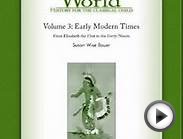
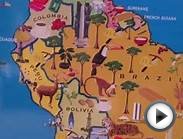
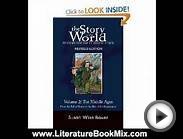
Related posts:


